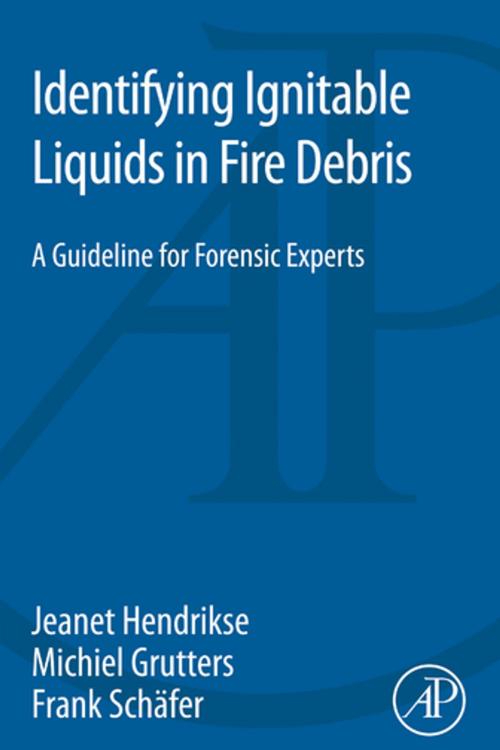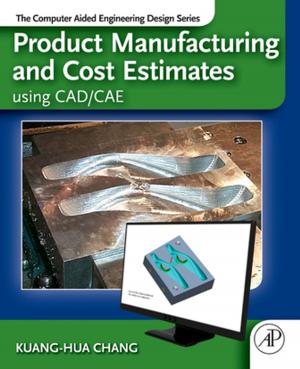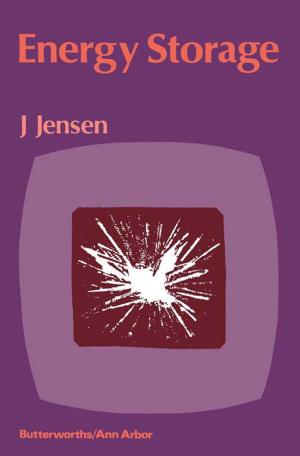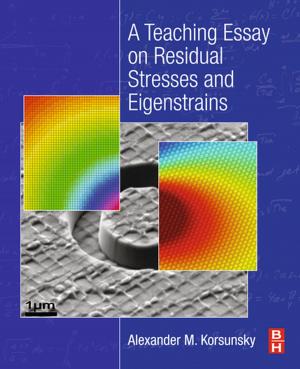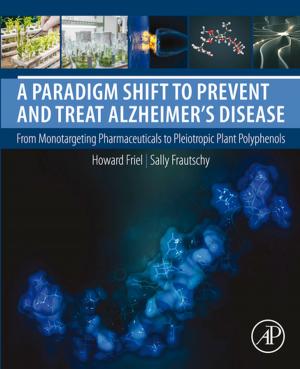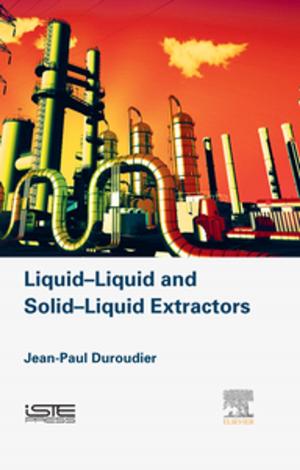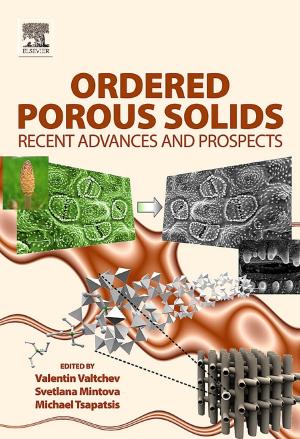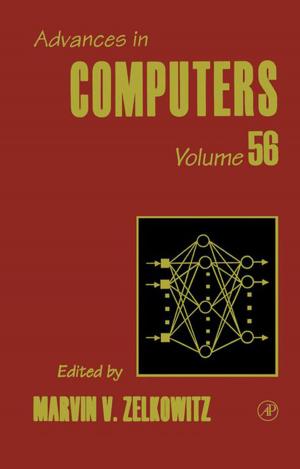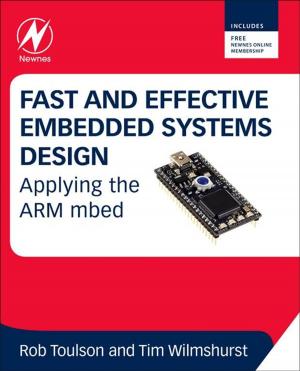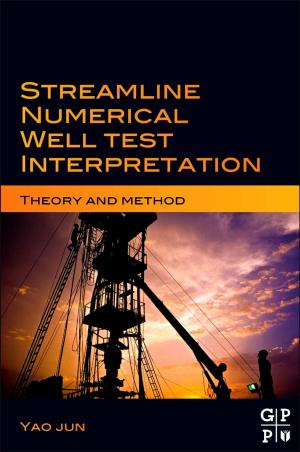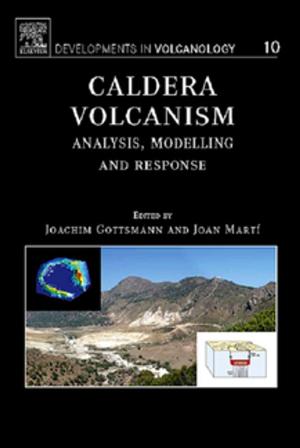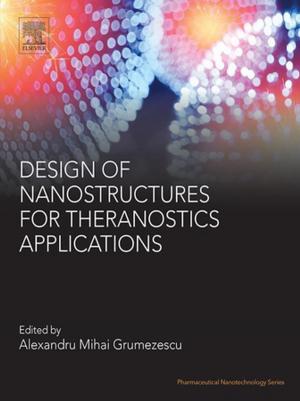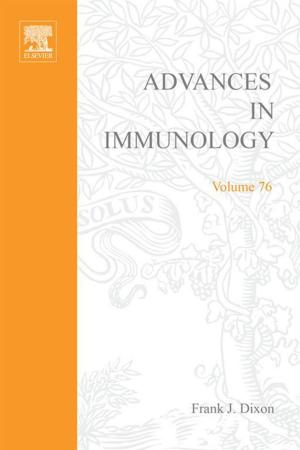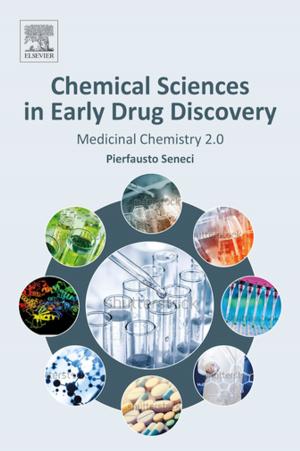Identifying Ignitable Liquids in Fire Debris
A Guideline for Forensic Experts
Nonfiction, Reference & Language, Law, Forensic Science, Social & Cultural Studies, Social Science| Author: | Jeanet Hendrikse, Michiel Grutters, Frank Schäfer | ISBN: | 9780128043875 |
| Publisher: | Elsevier Science | Publication: | October 5, 2015 |
| Imprint: | Academic Press | Language: | English |
| Author: | Jeanet Hendrikse, Michiel Grutters, Frank Schäfer |
| ISBN: | 9780128043875 |
| Publisher: | Elsevier Science |
| Publication: | October 5, 2015 |
| Imprint: | Academic Press |
| Language: | English |
Identifying Ignitable Liquids in Fire Debris: A Guideline for Forensic Experts discusses and illustrates the characteristics of different ignitable liquid products. This guideline builds on the minimum criteria of the ignitable liquid classes defined in the internationally accepted standard ASTM E1618 Standard Test Method for Ignitable Liquid Residues in Extracts from Fire Debris Samples by Gas Chromatography-Mass Spectrometry. The volume provides information on the origin of the characteristics of these ignitable liquid products and provides a summary of characteristics to demonstrate a positive identification of the particular product class. Topics such as the term ignitable liquid, relevant guidelines for fire debris analysis, production processes of ignitable liquids, fire debris analysis methods, and interferences in fire debris analysis, are briefly discussed as these topics are essential for the understanding of the identification and classification of ignitable liquid residues in fire debris.
- Discusses the characteristics and variations in chemical composition of different classes of the ignitable liquid products defined by ASTM E1618:14
- Covers the General Production Processes of Ignitable Liquid Products
- Includes a guide for the Identification of Ignitable Liquids in Fire Debris
Identifying Ignitable Liquids in Fire Debris: A Guideline for Forensic Experts discusses and illustrates the characteristics of different ignitable liquid products. This guideline builds on the minimum criteria of the ignitable liquid classes defined in the internationally accepted standard ASTM E1618 Standard Test Method for Ignitable Liquid Residues in Extracts from Fire Debris Samples by Gas Chromatography-Mass Spectrometry. The volume provides information on the origin of the characteristics of these ignitable liquid products and provides a summary of characteristics to demonstrate a positive identification of the particular product class. Topics such as the term ignitable liquid, relevant guidelines for fire debris analysis, production processes of ignitable liquids, fire debris analysis methods, and interferences in fire debris analysis, are briefly discussed as these topics are essential for the understanding of the identification and classification of ignitable liquid residues in fire debris.
- Discusses the characteristics and variations in chemical composition of different classes of the ignitable liquid products defined by ASTM E1618:14
- Covers the General Production Processes of Ignitable Liquid Products
- Includes a guide for the Identification of Ignitable Liquids in Fire Debris
